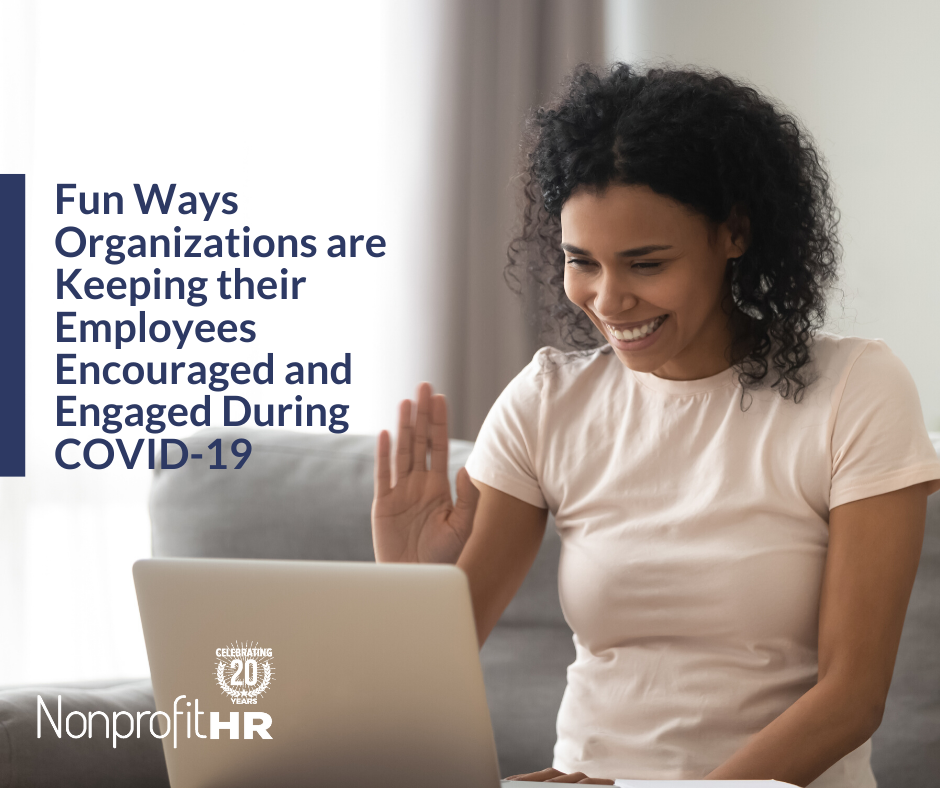WTOP: 5 ways nonprofits can…
The largest employer in Washington, DC is the Federal Government; and with close to 300,000 employees commuting into and within the metropolitan area, the government has also been a vehement supporter of teleworking. Vehement enough to pass The Telework Enhancement Act of 2010, designed to promote telework as a means to achieve three key objectives that would resonate for just about any organization:
- Improve Continuity of Operations (COOP) — keep the business operational in times of inclement weather or other commuting, congestion, or safety situations.
- Promote Management Effectiveness — reduce costs related to employee turnover and absenteeism, and reduce real estate costs and environmental impact and transit costs.
- Enhance Work-life Balance — allow employees to better manage work and family obligations, for a more resilient workforce and to meet business goals.
The Act requires the US Office of Personnel Management (OPM) to report annually to Congress on agencies’ successful telework. The 2012 Status report shows a dramatic upswing in teleworking; and it cites the Federal Employee Viewpoint Survey that shows “…Teleworkers are more likely to report knowing what is expected of them on the job and feeling as though they are held accountable for results. Teleworkers also reported a greater sense of empowerment, higher job satisfaction, and a greater desire to stay at their current job.” Again, splendid benefits that any organization would seek!
But under “Barriers to telework” the number one challenge is “management resistance.” As OPM Director John Berry says in his introduction to the report, “not all managers are comfortable directing employees who telework.” For those of us in human resources this comes as no surprise.
Is it possible to implement a telework program that achieves measurable impact on recruiting, retention, and performance, while helping managers address their assumptions and solve their concerns? The answer is YES — in fact, learning to manage teleworkers can create a better manager altogether.
Join Dayna Fellows, President of WorkLife Performance, on Tuesday, October 9, at the NHRC Conference as she presents “Successful Telework: Policy, Performance, and the Great Laundry Debate.”

































